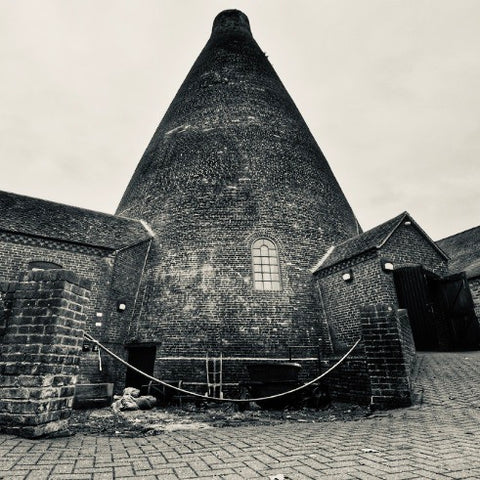Harvey recalls “Anselm grew up on the houseboat Platypus in Oxford moored in a wee backwater of the Thames called the Kidneys in which 2 or 3 of the iconic College Barges were sequestered. The Kidneys were and probably still are more or less across the river from an undergraduate swimming site called Parsons’ Pleasure (no comment) along the towpath. The mooring site was somewhat downstream from Folly Bridge, just upstream from Donnington Bridge. His bedmates were Marmaduke the chicken & Boa the constrictor.


A typical day in the Serengeti circa 1968:
Always keep your zebra handy.

Then to Kenya in 1970 and a decade in a converted double-decker bus in the tea fields of Limuru north of Nairobi, surrounded by more animals - pictured below are wolfhound Salia and labrador Cheeseburger. There were porcupines and golden rumped elephant shrews, but Anselm's particular favourites were any of the avian species. In no particular order, he raised a pair of Egyptian vultures (one of whom live to the ripe old age of 45), a flock of owls, a spotted thicknee - Otto. Also an ostrich, named EatEat, because, well, that's what she did.
In 1979 the family moved to the Kitengela (Athi/Kapiti) plains on the edge of the Nairobi National Park. 'Bird', Anselms' eponymous crested crane, moved with the family to the plains. He met a lady crane in the Kitengela, and proceeded to populate the plains with many offspring, which can be seen to this day.

Anselm's mother, Nani, was working with stained glass & encouraged Anselm to find out about molten glass so she could have flat glass for her business. He went to France after his business degree to understand glass making on a short course with Willem & Bernard Heesen in the early 90's. Then they invited him to Holland for a longer stint of a couple of months, where he sweated at the Oude Horn glass studio - making coffee and sample bubbles, and pestering Bernard with a million questions about every aspect of making glass.
Anselm & Willem in Leerdam

During this apprenticeship he fell in love with the frustrating, challenging & deeply satisfying process of glass blowing, and, all fired up, came back to Kenya to set up the craft, and East Africa's first glassblowing company - Kitengela Hot Glass.
Anselm, Mikko Merikallio, Herman Kisaka & Skippy the gnu

On the heels of this magical fusion of luck & revolutionary thinking from master teachers, he met Mikko Merikallio (Finnish glassblower, furnace builder & inventor) who was very good with the relevant appropriate technology needed. Mikko had a soft spot for Kenya, having originally disembarked from a merchant liner moored Mombasa in the mid 70's. His engineering knowhow and can-do attitude meshed well with the young Anselm's desires. So a space was cleared & building started.
The original workshop in 1990 - still in use today

Without mains electricity they needed to be self powered. With Mikko's unique steam-injected system using recycled engine oil, Anselm heated the furnaces to melt the glass.
Herman Kisaka, Simon Meja & Ngoyo

Anselm and his team learned on the job, blowing objects and casting slabs that were turned into panels & furniture. His sister Katrineka began making glass beads, using a furnace designed initially by Killian Schurmann.
Having finished the front part of the studio pictured above, he went on to create the iconic glass star studded dome based on the constellations of the day.
To do this, he needed bricks.
Anselm based the design on an old English glass beehive like the Red House Cone (c. 1800) below, selling goblets to buy the bricks to build the dome.

Pre todays type of internet access meant that there was little research material to pin down the design, so it ended up looking, fortuitously, like an old 16th century furnace:

It took about four years, but by the time it was finished, one studio had evolved into a number of them - glass blowing, lighting, metal, dalle de verre, beads and funky fencing.
The local masons who’d been building needed jobs when the studio was done, so they were engaged as the first apprentices. That’s how Kitengela Glass got started - everybody dived in and learned together.

Distinctive in spirit and design, Kitengela Glass is located on the edge of Kenyan wilderness, 50 minutes (traffic permitting - map here) from Nairobi city centre. People come from all over the world to visit, drawn by the magical and antique art of glassblowing and the particular allure of the Kitengela Glass spirit .
Travel down onto the plains across rutted roads through scrubland & a ravine and you will be transported into another space and time.
Step into the workshops to discover art and watch the magic of glassblowing as it happens. Sip cappuccino at a funky, chunky mosaic dalle de verre table in the café. Surround yourself in a secret garden of sculpture and furniture and living designs that enchant and inspire. Rent one of the airbnb's and live the space.


